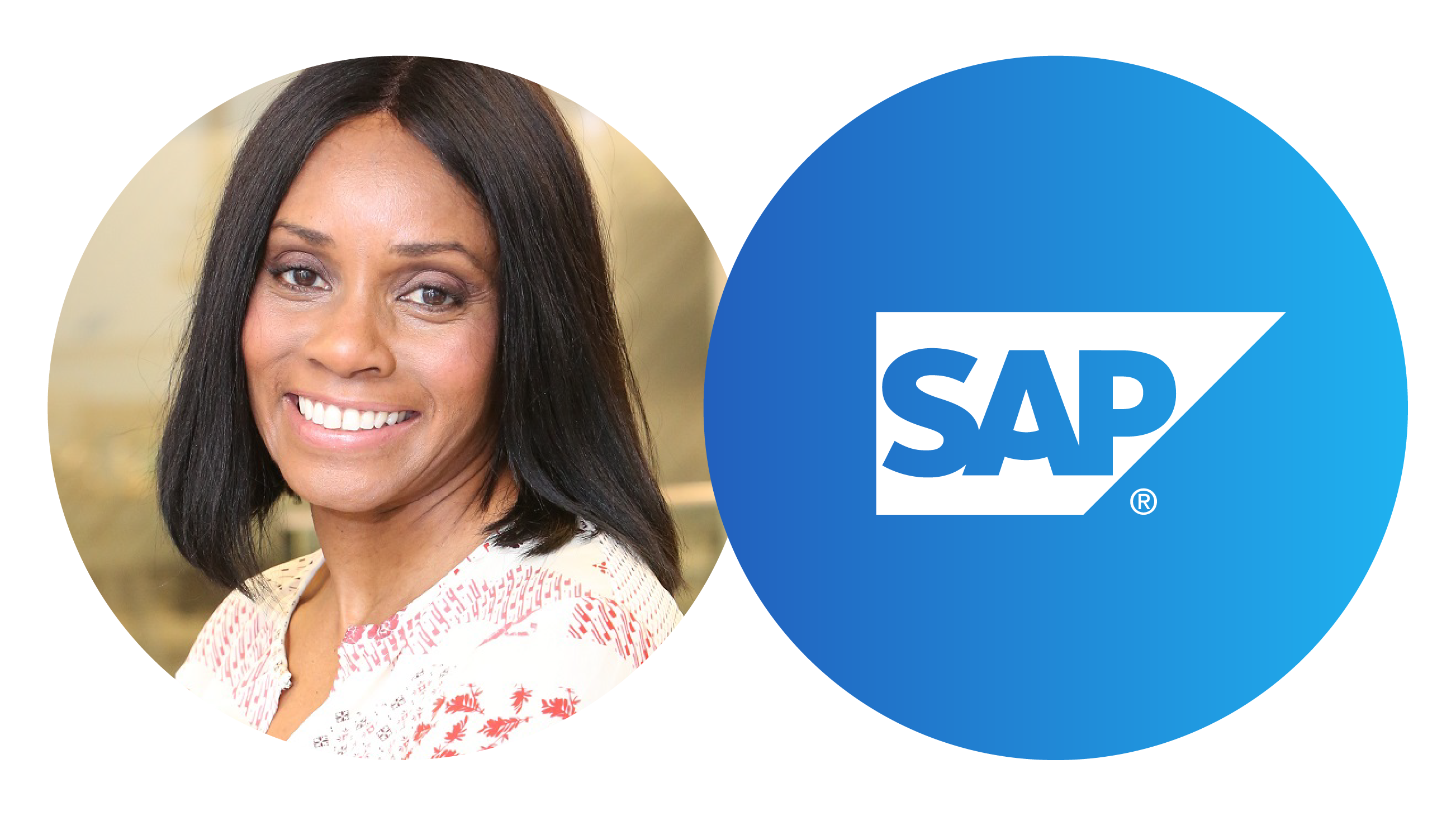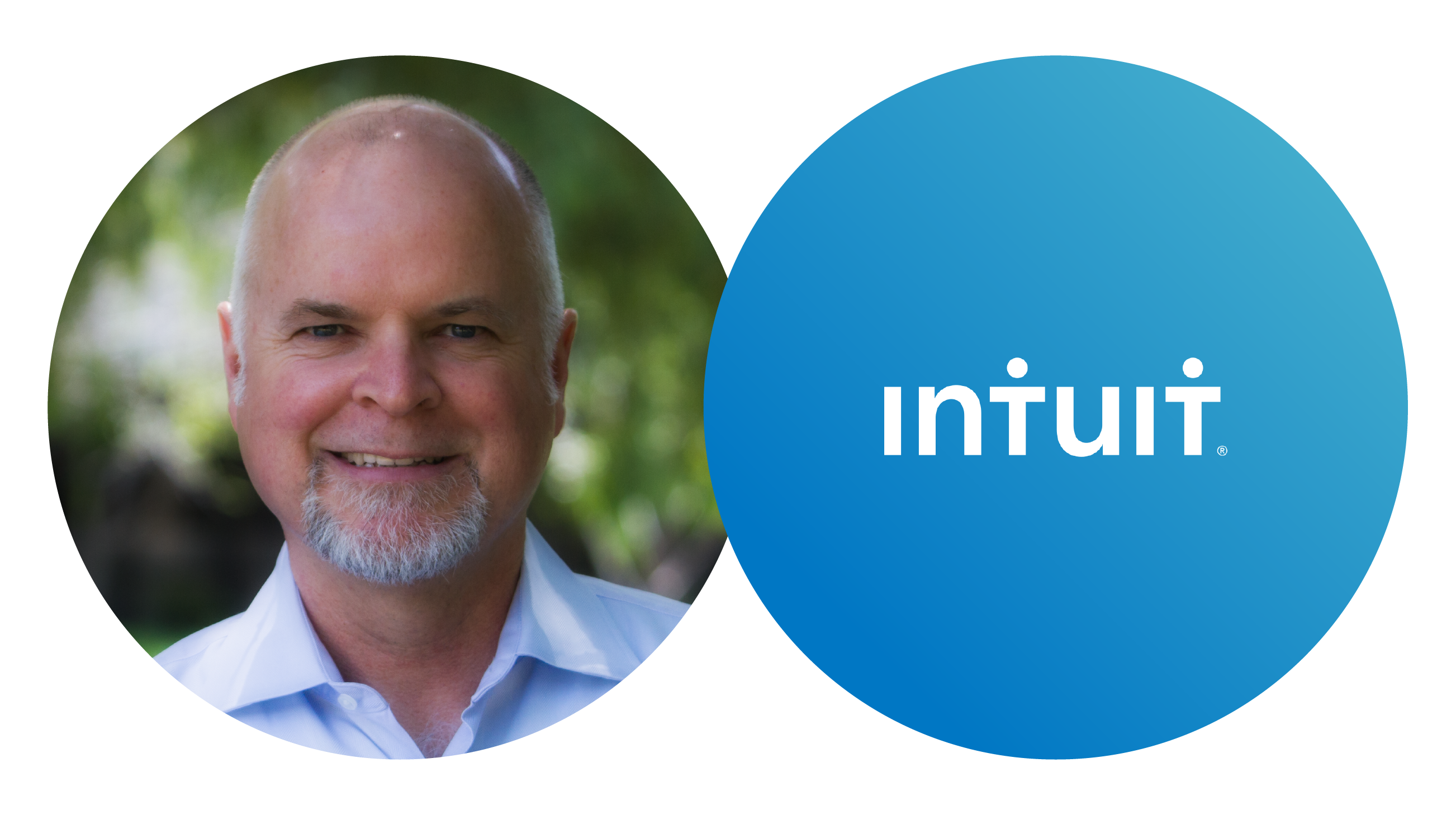In the aftermath of the death of George Floyd, a Black man, at the hands of Minneapolis police officers in May, nationwide protests have re-ignited calls for racial equity and inclusion in all areas of life—not least of all at major companies. And despite the attention given to supporting people of color in recent years, data suggests that corporate America has a long way to go before parity is reached: as many as 64 percent of workers in entry level positions are white. At the executive level, that figure climbs to 85 percent, according to data from the human resources consulting firm Mercer. It also found that less than half of U.S. organizations publicly document commitments to racial or ethnic equality.
Signal 360 spoke with heads of diversity and inclusion at major businesses in a variety of sectors—from food service to finance and IT—to glean best practices for improving representation internally, while simultaneously bolstering the bottom line. Here is what they said:

“One of the things I see most often is people and organizations develop diversity and inclusion as a “problem” for the D&I office to “fix,'” says Lori George-Billingsley, Global Chief Diversity and Inclusion Officer, The Coca-Cola Company.
“That is certainly not the case,” she says. “Diversity and inclusion efforts start with leadership and should be embedded in everyday practices – from hiring, developing employees, innovation and culture to partnerships and investments and everything in between. For The Coca-Cola Company, we have positioned diversity and inclusion as a critical component to our growth as a business and rolled out initiatives that helped move the needle on our diversity and inclusion goals, such as launching three internal Diversity Leadership Councils.”
 Judith Michelle Williams, Head of People Sustainability and Chief Diversity and Inclusion Officer, SAP
Judith Michelle Williams, Head of People Sustainability and Chief Diversity and Inclusion Officer, SAP
We’ve shifted from a concentration on activity to an emphasis on metric-driven outcomes. We deploy data to identify gaps in hiring, retention, geographic representation, and inclusion. Collaborating with our business leaders, we’ve identified key business challenges around inclusion and created a strategy based on the multi-dimensional aspects of employee and customer diversity to address those challenges. Our strategy includes three focus areas: inclusive career journey, inclusive culture, and a diverse ecosystem. Our Talent Attraction team has made diversity a top strategic priority, as they continue to identify and build engaged external talent communities aligned to critical skill sets and strategic needs.
 James Fripp, Chief Diversity and Inclusion Officer at Yum! Brands
James Fripp, Chief Diversity and Inclusion Officer at Yum! Brands
The most impactful thing that we have done at Yum! is to move away from tracking the numbers of minority employees—how many do we have of this, how many do we have of that. Yes, the numbers will always matter, but we’re now focusing on something that I call the “art”: building authentic relationships that lead to trust, which makes it easier to sponsor people who are different from you. For example, I recently put together a dinner with our CEO, David Gibbs, called “Dinner with David,” inviting about 15 under-represented minorities at the company to his home. But we didn’t talk about our work roles. We talked about who we are: Dogs, cats, birds, kids, and bucket lists. The “art” means building authentic relationships that lead to trust, which makes it easier to sponsor people who are different from you.
 Scott Beth, Chief Diversity and Inclusion Officer, Intuit
Scott Beth, Chief Diversity and Inclusion Officer, Intuit
When I first assumed the role of chief diversity and inclusion officer, almost three years ago, one of the first actions I took was speaking to over 100 female employees to learn about their barriers and setbacks. Despite my experiences throughout my career as a gay man, I had to learn and build empathy around their stories in order to initiate programs and organizational structure to ensure equity. This sort of listening and empathy is built in at each stage of our program. Recently, following the murder of George Floyd and the uprising of the Black Lives Matters movement, the team started with the simple act of listening. Our CEO sat down with members from our African Ancestry Network and Black employees throughout the company to learn about what they were feeling and what we might do moving forward. It seems like a logical first step to building a D&I program — just listen. But listening and taking the appropriate time to build empathy is a long-game and it’s hard to build this into your plan when the world is pressuring you to take immediate action.
 Stefanie Maynard-Collier, Senior Director of Diversity, Inclusion and Belonging, Capital One
Stefanie Maynard-Collier, Senior Director of Diversity, Inclusion and Belonging, Capital One
Diversity, inclusion and belonging are part of a moral and strategic imperative that’s reflected across all facets of our company. In recent months, as we’ve managed through the pandemic and racial injustice, our DIB priorities have centered around belonging — where everyone can feel seen, heard, valued and encouraged to be their authentic selves. Telling and embracing the stories of our associates has been pivotal to this effort. Our work to create safe spaces for storytelling and connection has come to life through virtual touch points, where our more than 50,000 associates have participated in programming focused on racial justice, equity and inclusion.
Uncertain times can be bad for business — but sometimes necessity is the mother of invention. (Just look at how P&G weathered the crisis of World War II.) In fact, some diversity and inclusion experts say the turn to remote work during the COVID-19 pandemic has actually improved the quality of these tough conversations.
Yum!’s Fripp recently took the opportunity to relate a personal anecdote during a town hall meeting over Microsoft Teams: “I shared that I’ve chosen to get run-flat tires on my car, because driving between Plano, Texas and Nebraska, where my wife is from, I do not want to get a flat tire. In the sticks of Nebraska, with my white wife in the car, it may not go well for me. And I got so many emails after sharing this, going ‘James, who thinks about that?’ It blew their minds that I had to do that,” he said, adding: “Having these kinds of conversations has been the biggest change.”

